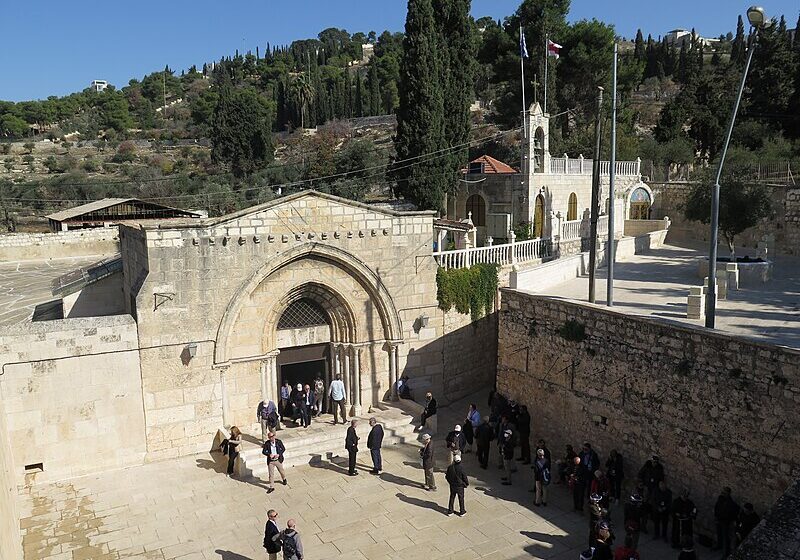Recently, scientists have made a significant discovery about the tomb of the Virgin Mary, sealed for thousands of years. This discovery has led to a re-evaluation of long-held beliefs about Mary’s death and has sparked discussions among Christians about what is true and what is not.
For the first time in years, the tomb in the Kidron Valley, close to renowned religious sites like the Garden of Gethsemane and the Church of All Nations, opened. However, to the surprise of many, the tomb was found to be completely empty. This finding contradicts the beliefs of some who claimed that Mary did not ascend to heaven but died and was buried in various locations, such as India.
Different Christian groups have held contrasting beliefs about Mary’s death and ascension. Catholics believe that Mary never died and was taken up to heaven with her body intact, while Eastern Christians believe that she died and was buried before being resurrected and ascending to heaven. These beliefs are based on the idea that Mary, Jesus’ mother, is considered the Son of God.
The belief in Mary’s assumption into heaven is connected to the belief in her Immaculate Conception, which states that Mary was born without sin. These beliefs were officially announced by Pope Pius XII in 1950. However, the New Testament does not explicitly mention these beliefs, indicating their evolution over time.
There are various stories and legends surrounding Mary’s death and resting place. Some traditions claim that Mary’s tomb is located in different places, such as Turkmenistan, Iraq, or Pakistan. These beliefs are often based on oral traditions and ancient Christian books that are not part of the Bible. However, there is no concrete evidence to support these claims.
One of the best-known stories is the belief that Mary traveled to Ephesus with Saint John and died there. This belief is supported by the existence of a house in Ephesus that is believed to be Mary’s home. The visions of a German nun named Anna Catherina Emmerich in the 19th century also contributed to the belief in Mary’s presence in Ephesus.
The recent discovery of Jesus Christ’s tomb in the Church of the Holy Sepulchre in Jerusalem has also shed light on the tomb of the Virgin Mary. Scientists have been repairing the tomb and have discovered the original rock where Jesus laid his body. This discovery provides valuable insight into the tomb’s history and changes over time.
In conclusion, the recent discovery of the empty tomb of the Virgin Mary has sparked discussions and re-evaluations of long-held beliefs about her death and ascension. While
Different Christian groups hold contrasting beliefs; the search for the truth continues. The study of the tomb, as well as the exploration of various traditions and legends surrounding Mary’s death and resting place, contribute to a deeper understanding of her significance in Christian faith.
Within the Christian tradition, the incarnation of Mary, the mother of God, has long been a subject of profound theological contemplation and artistic expression. The book of revelation, chapter 12, depicts Mary as “a woman clothed with the sun, with the moon under her feet, and on her head a crown of twelve stars.”
For Christ to come back again in human form as the second Adam, it was necessary for him to be born of a woman, in whose body the Spirit of the immaculate Mother of God (Mary) will dwell. If Christ is born, it means that Christ nativity in His second coming will be the abode of Mary, the Mother of God. The mystery lies in the new heaven, the new earth, his new nativity, his new abode, a new geographical location, and his new name.



